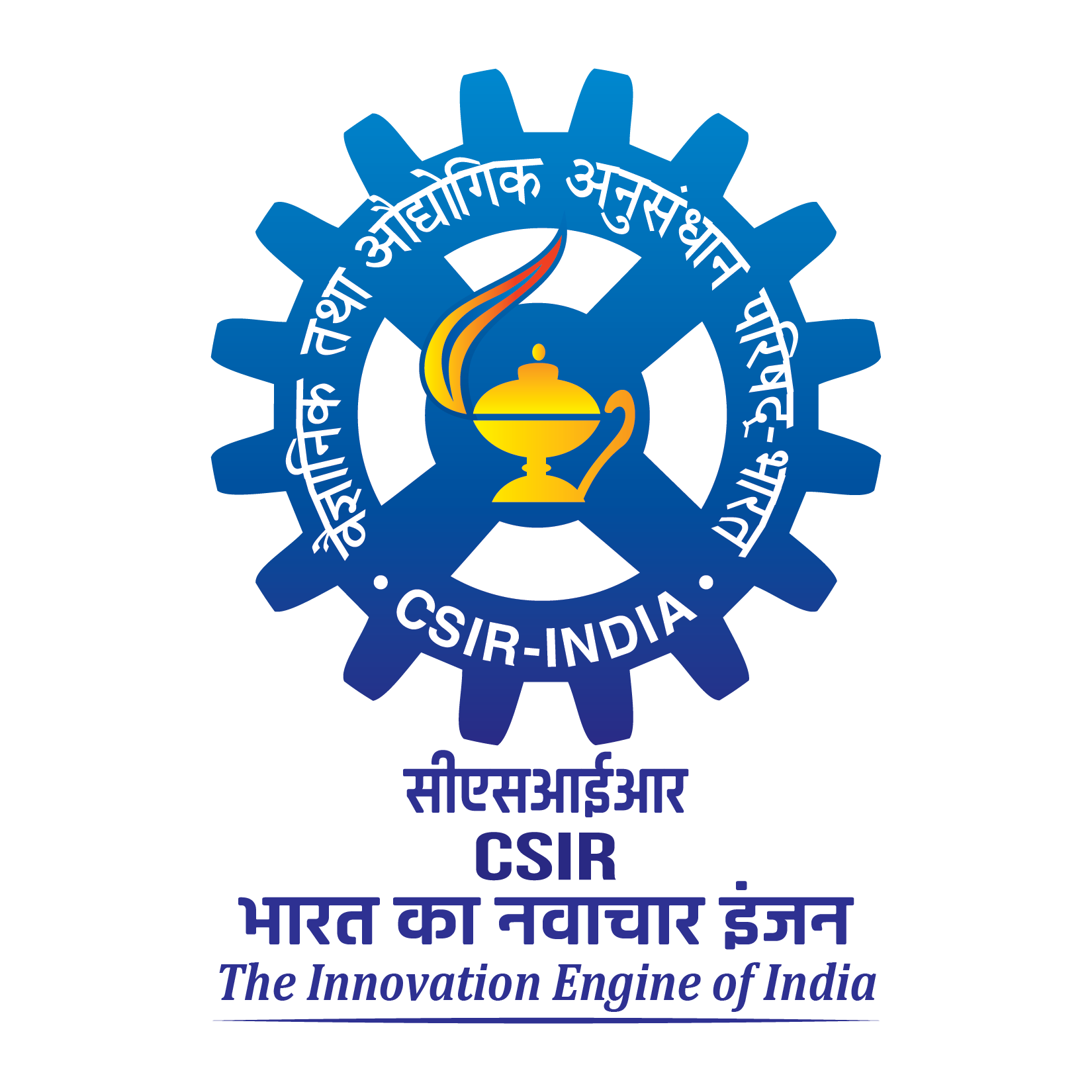by V. Rakesh, V. Arun Kumar & K. V. Ramesh
In this study, we present machine learning model support vector machine (SVM) and deep learning architectures, including long short-term memory (LSTM), gated recurrent unit (GRU), long- and short-term time series network (LSTNet), and temporal convolution network (TCN) to estimate leaf area index (LAI) utilizing Sentinel-2 multispectral imagery within the Kosi watershed located in the central Himalayan region is based on various vegetation indices. In situ LAI data were collected through a random sampling method using a plant canopy analyzer LI-COR over a continuous field survey period of 25 days for model training and validation. The current study evaluated four variants of the LSTM model, with the bidirectional LSTM emerging as the most effective in estimating LAI. The LAI derived using the Rendvi index was found to be superior compared to those obtained from other vegetation indices. The bidirectional LSTM (BiLSTM) model outperformed the SVM model in LAI retrieval based on all accuracy metrics computed. Specifically, the R2 and mean absolute percentage error (MAPE) values for the BiLSTM model were 0.99 and 0.29, respectively, while the SVM model achieved corresponding values of 0.93 and 0.56. Additionally, the performance of the BiLSTM in predicting LAI surpassed that of other deep learning models such as GRU (R2 = 0.99, MAPE = 0.82), LSTNet (R2 = 0.99, MAPE = 0.74), and TCN (R2 = 0.99, MAPE = 0.39). We compared the performance of the BiLSTM with the SVM model and the moderate-resolution imaging spectroradiometer (MODIS) LAI product by validating against in situ LAI measurements. The LAI retrieved using the BiLSTM model (R2 = 0.99) demonstrated superior agreement with in situ measurements compared to the MODIS LAI product (R2 = 0.0003). Furthermore, seasonal changes in vegetation and interannual variations in LAI over the Kosi watershed were more accurately depicted in the high-resolution LAI retrieved with BiLSTM from Sentinel-2 compared to the MODIS LAI product.

